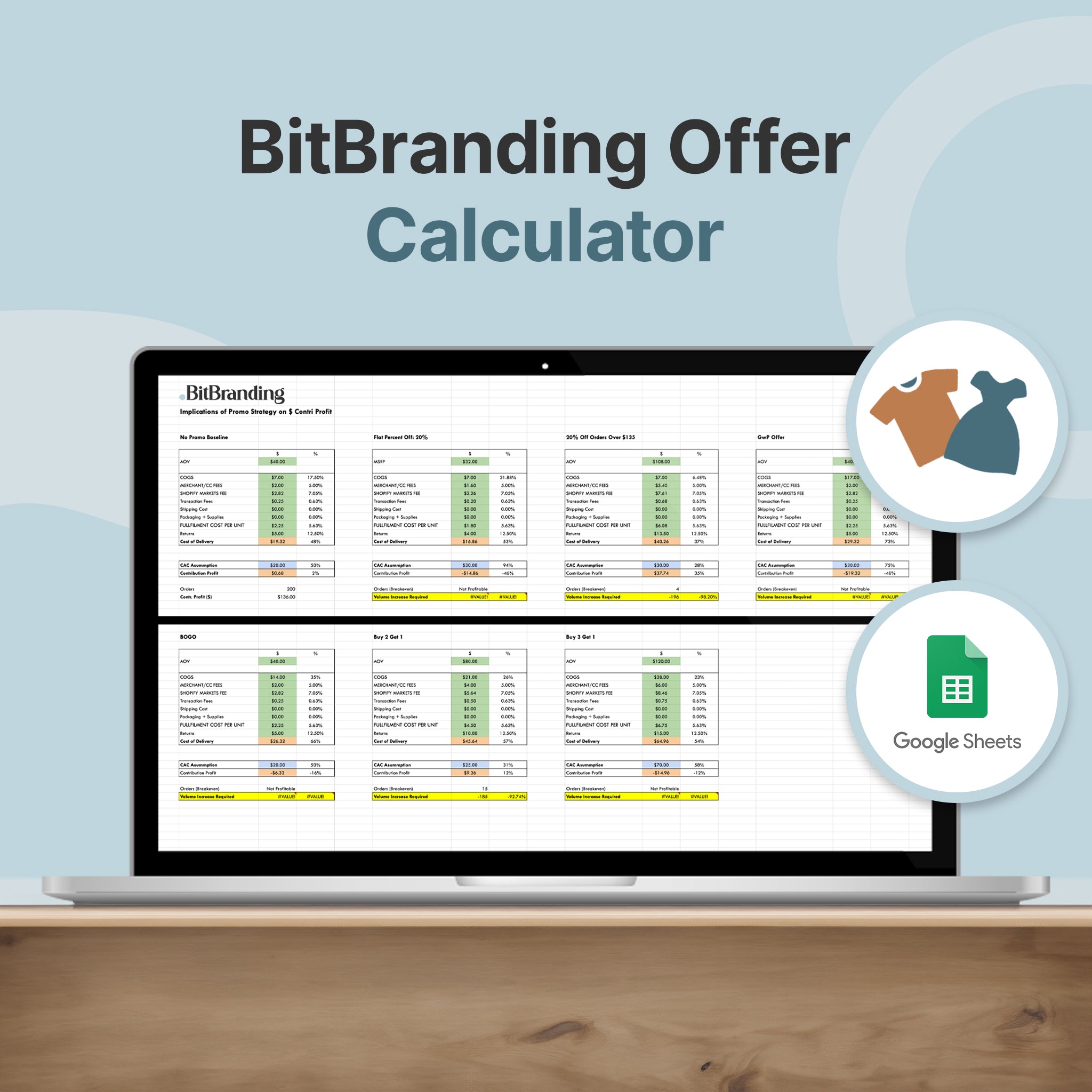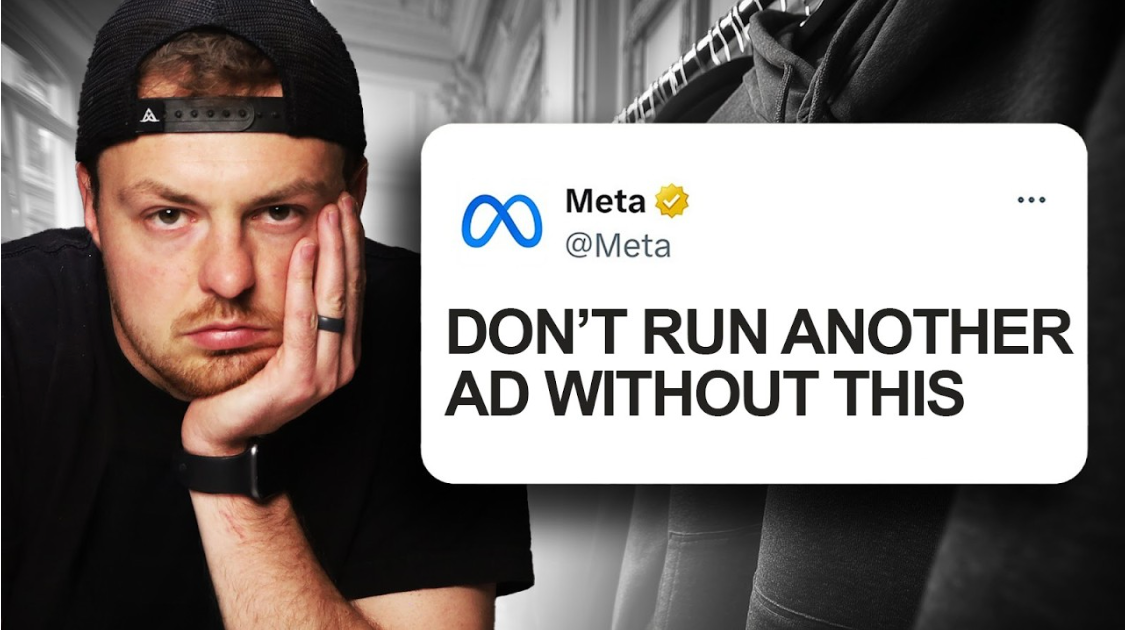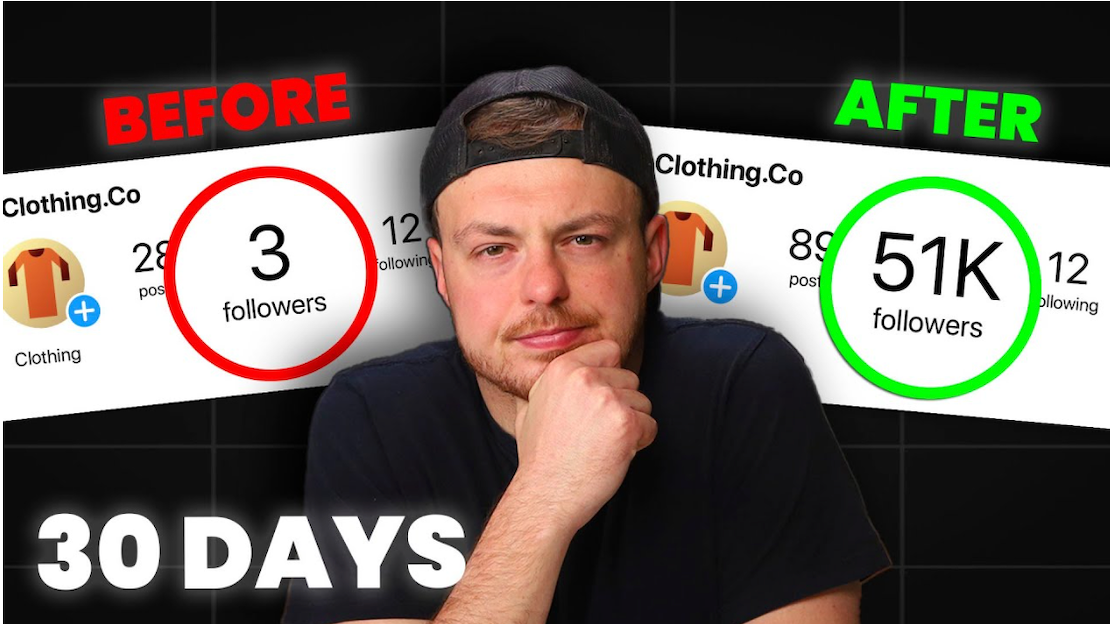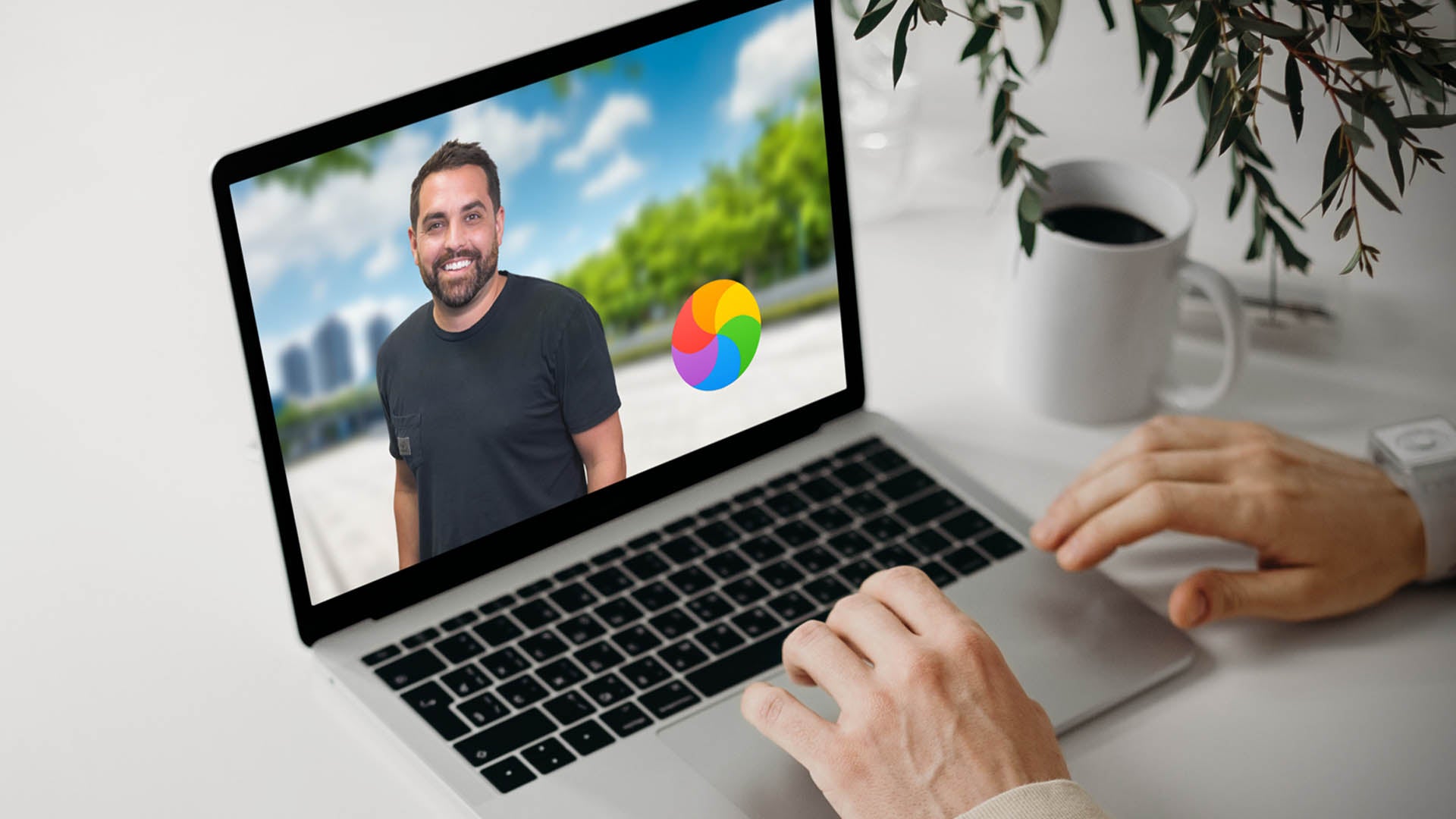Are you dreaming to improve the conversion rate on your site? Tired of spending money on your website just to have low conversion rates? Did you know that in 2018, 1.8 billion people purchased goods online? That means there's hope and it's entirely possible to increase your conversion rates!
Whether you're looking to increase sales, webinar registrations, lead magnets, or sales it's entirely possible to increase your conversion rate. Follow the steps below and you'll see an improved website conversion.
For everything from A/B testing to calculating your conversion rate, you'll find it here in this guide. First, let's take a look at what exactly is a conversion rate and how to calculate it!
What Is a Conversion Rate
You might wonder what exactly a conversion rate is. It's important to understand and how it works before we dive into how to improve website conversion. Essentially a conversion rate is the percentage form based on a ratio.
When someone goes to your site and follows through with an offer that's considered the conversion rate. You can't just track the number of people who follow through, you need to also look at who buys your products, signs up for your email, or any other action, and how many are finding your content.
If you're not sure what your conversion rate is that could seriously impact your sales in the future and improving your site.
How to Calculate Your Conversion Rate
Now that you understand what a conversion rate is it's important to know how to calculate it and know what a good conversion rate is. A good example is say you have a landing page a person lands on. When they land on your landing page it asks for them to sign up for your email list.
Say out of 4,000 people who land on your page about 150 sign up. To get your conversion rate: divide your conversions by visitors then multiply by 100.
Calculation: Conversions/Visitors *100
How to Improve Conversion Rate
In order to improve website conversion, it's important to know what works for your audience. What are some pain points they have, wants and needs? It's about making them an offer they won't refuse.
Sometimes a person might not convert because they don't have the money or need right now. Those same people might convert in the future when they do have a need or the money.
Let's take a look at 15 ways to improve conversion for your site.
1. Conversion Rate Optimization Strategy
The first thing is you'll want a conversion rate optimization strategy that's based on data. If you have something like Google Analytics set up you're good! You can then use a behavior flow chart to examine your data for patterns you can base your CRO(conversion rate optimization) strategy on.
Make sure to have fresh content, craft a better CTA(call to action), or consider a redesign.
2. Optimize Conversion Funnel
A good conversion funnel consists of:
- Awareness
- Interest
- Consideration
- Conversion
When you use this formula you can then decide what engages your prospects' interests, makes them brand-aware, and convinces them to convert. Always start with what you feel you like best and then go onto expert opinions.
Once you do those then you can run tests and see what works and what doesn't, and what converts!
Check out our blog for more on website conversion and successful online marketing.
3. Check Your Offers
You never want to just limit yourself and only have one offer. Have multiple and see how they do! Testing out different lead magnets you'll be able to determine what works and what doesn't.
4. Test What Does and Doesn't Work
It's important to test everything! Your content, lead magnet, and calls to action, everything you can think of! The more you test, the more information you'll receive! If one of your pages isn't getting any engagement, consider optimizing it.
Take a look at pages that are doing better and try to copy the content, design, and format. If you decide to remove a page entirely consider having a 301 redirect. This will bring the person to a page of your choosing, such as your homepage.
Make sure that your site has a good amount of SEO in order to increase and have visitors. Check out this article for tips on SEO.
5. Optimize Your Design
Web design is extremely important to a website. Think of when you see a catchy and attractive site compared to a boring and plain site, which do you trust more and want to stay on longer?
See what your audience prefers. Some brands do better with minimalistic designs, but every company will be different.
Google did a study in 2012 based on first impressions of website design. Google found that website visitors make their first impression of a site's look within 1/20th of a second. It was found that simpler sites did better.
Check out our services including website design for a truly impressive site!
6. Add Call to Action Buttons
Each business will have different needs as far as call-to-action buttons. If you want to increase website conversion, try out different call-to-action buttons and see which one performs best. Having the word yes in your CTA buttons helps with conversion rates as well.
7. Try Form Styles
Many consumers don't want to waste time filling out forms, so it's important to limit these. Try turning fields into checkboxes or autofill. You also need to test to see what works.
Try out different form styles and see what works, try out different forms, colors, and variations. You can also change the layout by changing the spaces between the forms.
8. Run A/B Testing
Run A/B testing with collected data. Create two versions of the same landing page and change one part of it such as the CTA. You can see which one converts better based on the CTA. The more tests you run the better off you'll be to understand how to increase web conversion rate.
9. Use testimonials
When you go onto a site with no reviews or testimonials do you trust them? Probably not. We go by reviews and testimonials as far as who to trust out there and give our information/money to.
This will build brand loyalty and trust. You can also showcase social proof by adding logos of recognizable companies who trust you.
10. Money-Back Guarantee
Always offer a money-back guarantee. When visitors to your site see your products they're not going to want to buy as much when there's no money-back guarantee!
Most people want to avoid risk, because you might order the product and get it, and then decide you don't want it anymore or need it. Things happen, and it's important to have that option. If you refrain from that option it might mean a loss in sales.
11. Videos
Having a video on your website is essential and will build trust! For some out there they'd rather watch a video than read through the content. If you don't want yourself on the video you could always use explainer videos. You could also have interviews, screencasts, and product videos.
Test out your different videos and see which leads to increase conversion on the website.
12. Remove Distractions
You'll want to remove navigation links from your landing pages to improve website conversion. Many businesses out there don't do this and they're hurting their conversion rate by not doing this!
Your landing pages are intended for conversions, so if you have anything else on there that's a distraction, it'll hurt your conversion rate. Once you remove all distractions, test out elements such as videos and testimonials to see how they affect conversion rates.
13. Speed up Your Website
No one likes a slow website! If someone doesn't have much time they're not going to wait for your site to load. Did you know that 47% of visitors expect your website to load in less than 2 seconds? Imagine losing 47% of visitors due to a slow site? 40% will leave if it takes more than 3 seconds!
The stats are clear, it's time to speed up your site! Think about it, when a site is slow do you wait or hop to another site that's quicker? Here are some tips to make sure your site is as quick as possible!
13a. Quick Tips to Speed up Your Website
To speed up your website you'll need to:
1. Optimize your images. When images load on your page that could slow down the time it takes your page to fully load. Keep the SEO tips in mind above in order to fully optimize your images. Also, use high-quality images!
To optimize them you'll want to:
- Resize your images before uploading them. You can even use Microsoft Paint to do this which is free!
- Compress your images. When you're done resizing your images then it's time to compress them. You can use ImageResize to do this for free!
2. Next, you'll want to do a plugin purge. When you download plugins they take a certain amount of space to work, delete what you don't need. When you're done with this you can then use GT Metrix to see how quickly your site runs.
3. Make sure your site scripts are updated. You'll want to keep checking site scripts to see when updates are available. Once a month it's recommended to check and see if they're any updates.
4. Enable browser caching. This allows a visitor's browser to store copies of your site's individual pages. Then when they return it'll remember the information where the content will pull up from the cache instead of reloading the page.
5. Keep CSS files at the top and Javascript at the bottom. You'll want your site to be neat. A good way to do this is to have CSS files at the top and Javascript code at the bottom.
6. Minimize redirects. When you use redirects sometimes it's necessary, but keep in mind it does slow down your website. If it's absolutely necessary then only use one redirect per page.
Also, avoid having additional URLs that redirect visitors back to your main site. That'll just slow down your site and leave the visitor confused.
14. Upgrade web hosting.
You'll want to consider upgrading your web hosting as you grow. Upgrading could speed up your website as well. Consider the different options and whether upgrading is an option for you.
15. See HTTPS Requests in Browser
When you have a visitor on your site, everything on your page has to load. Each part of your page has a different Http request. The more parts to your page the more Http requests which slow down your computer.
As said above, a slower website will slow down your conversion! You can use your Chrome browser to see how many Http requests are on a certain page.
First:
- Right-click on your page while in Chrome
- Click inspect
- Click the network tab
- Reload the page
It's also possible in Firefox:
- Right-click on the page
- Choose inspect element
- Click on the Network tab
- Reload the page
Next Steps
After reading this article you're much more prepared to improve the conversion rate for your site. It can seem overwhelming but take it one step at a time and the results will be worth it!
Remember to test out different methods on your site and see which has the highest conversion rate and if you can test one element difference at a time.
Are you not sure where to begin or want to save some time on increasing your website conversion? Want to make sure it's done well and improves? Contact us today! We can help you and make sure you have a quick and engaging site!











Share:
5 Keys to Successful Online Marketing
Meet the Team: Daniel Garcia